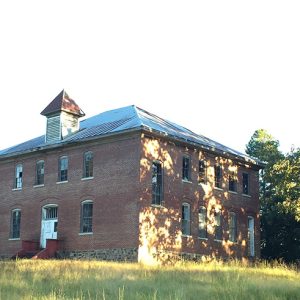 Bates School House
Bates School House
Entry Type: Place
 Bates School House
Bates School House
 L. C. and Daisy Bates Museum
L. C. and Daisy Bates Museum
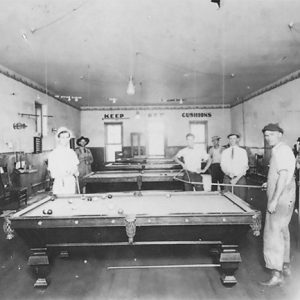 Batesville Billiards Hall
Batesville Billiards Hall
Batesville (Independence County)
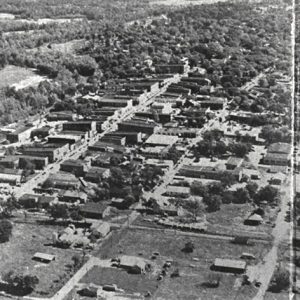 Batesville Aerial View
Batesville Aerial View
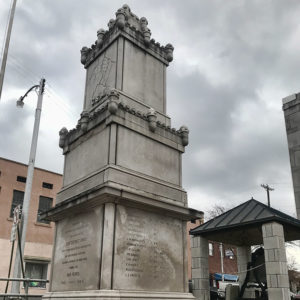 Batesville Confederate Monument
Batesville Confederate Monument
 Batesville Confederate Monument Detail
Batesville Confederate Monument Detail
 Batesville High School
Batesville High School
 Batesville Lime Mill
Batesville Lime Mill
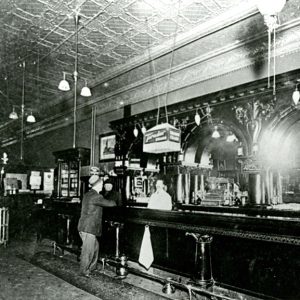 Batesville Saloon
Batesville Saloon
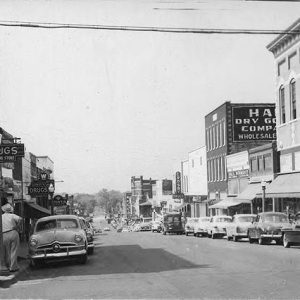 Batesville Street Scene
Batesville Street Scene
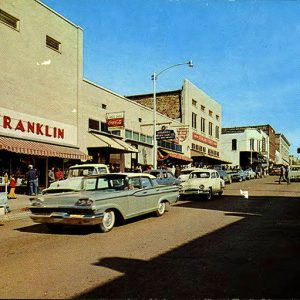 Batesville Street Scene
Batesville Street Scene
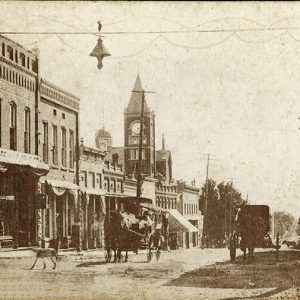 Batesville Street Scene
Batesville Street Scene
 Batesville Street Scene
Batesville Street Scene
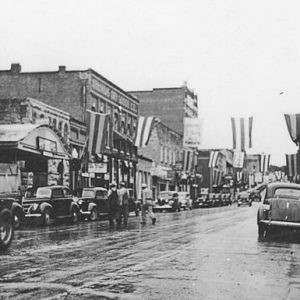 Batesville Street Scene
Batesville Street Scene
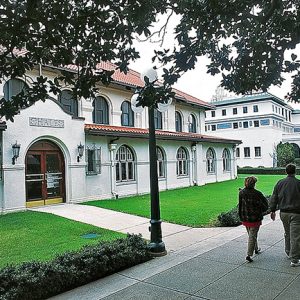 Bathhouse Row
Bathhouse Row
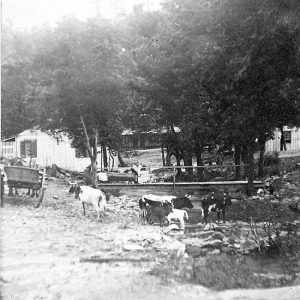 Bathhouse Row; 1867
Bathhouse Row; 1867
Bathhouse Row
 Bathhouse Row
Bathhouse Row
 Buckstaff Bathhouse
Buckstaff Bathhouse
Batteries A, B, C, and D (Battle of Helena)
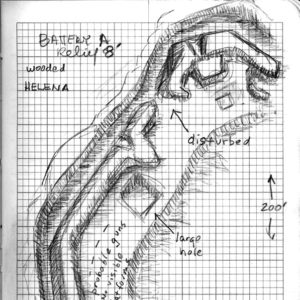 Battery A
Battery A
 Battery B Location
Battery B Location
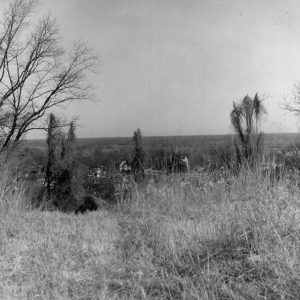 Battery C Location
Battery C Location
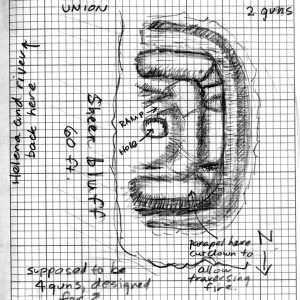 Battery D
Battery D
 Battery D Location
Battery D Location
Battle Mound Site
 Battle Mound Site
Battle Mound Site
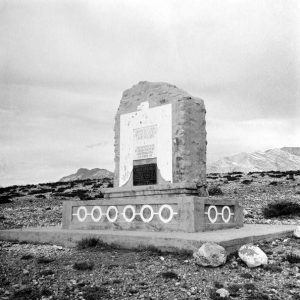 Battle of Buena Vista Memorial
Battle of Buena Vista Memorial
 Baugh's Drug Store
Baugh's Drug Store
 Baum Walker Hall
Baum Walker Hall
Bauxippi (Crittenden County)
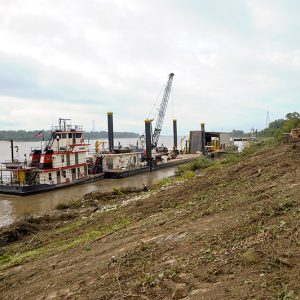 Bauxippi-Wyanoke Revetment Site
Bauxippi-Wyanoke Revetment Site
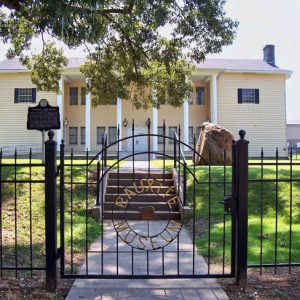 Bauxite Historical Museum
Bauxite Historical Museum
Bauxite (Saline County)
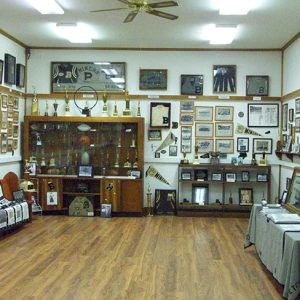 Bono Room
Bono Room
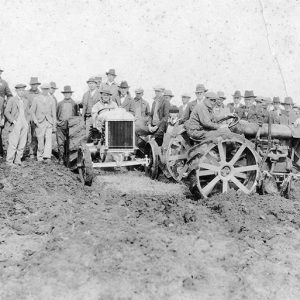 Bauxite Miners
Bauxite Miners
 Bauxite Mining
Bauxite Mining
Baxter County
 Baxter County Courthouse
Baxter County Courthouse
 Baxter County Courthouse
Baxter County Courthouse
 Baxter County Courthouse, with Third Floor
Baxter County Courthouse, with Third Floor
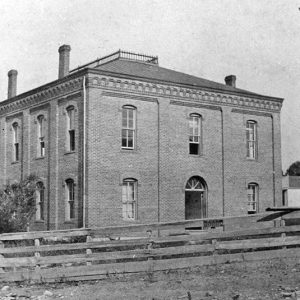 Baxter County Original Courthouse
Baxter County Original Courthouse
Bay (Craighead County)
 Bayou Bartholomew
Bayou Bartholomew
Bayou Bartholomew
 Bayou De View
Bayou De View
 Bayou Fourche
Bayou Fourche




